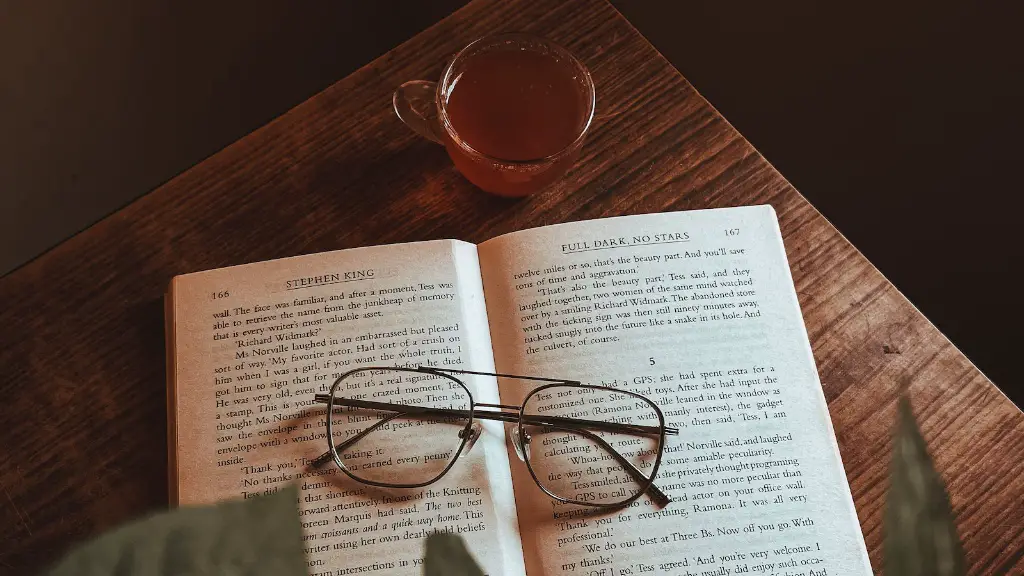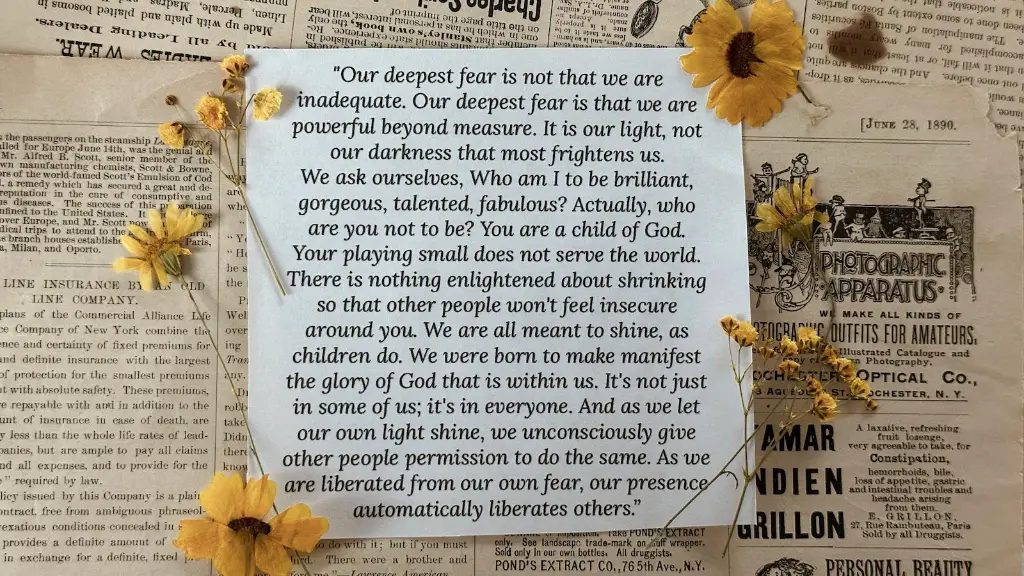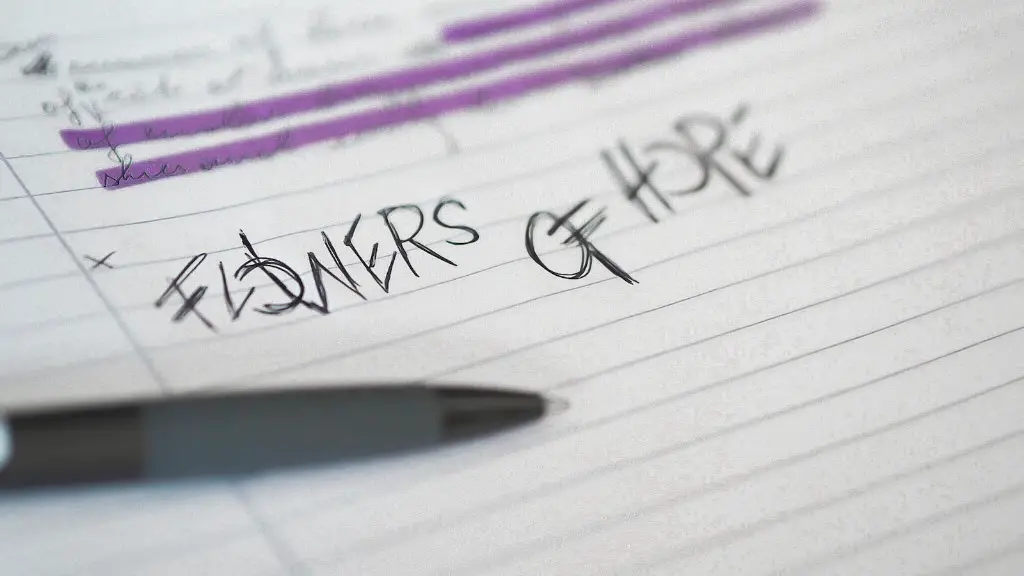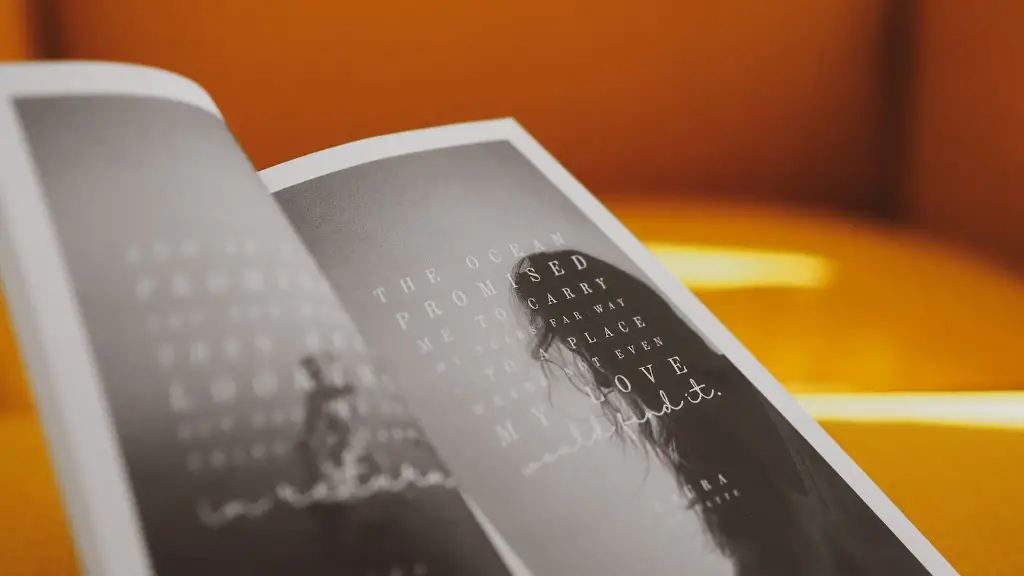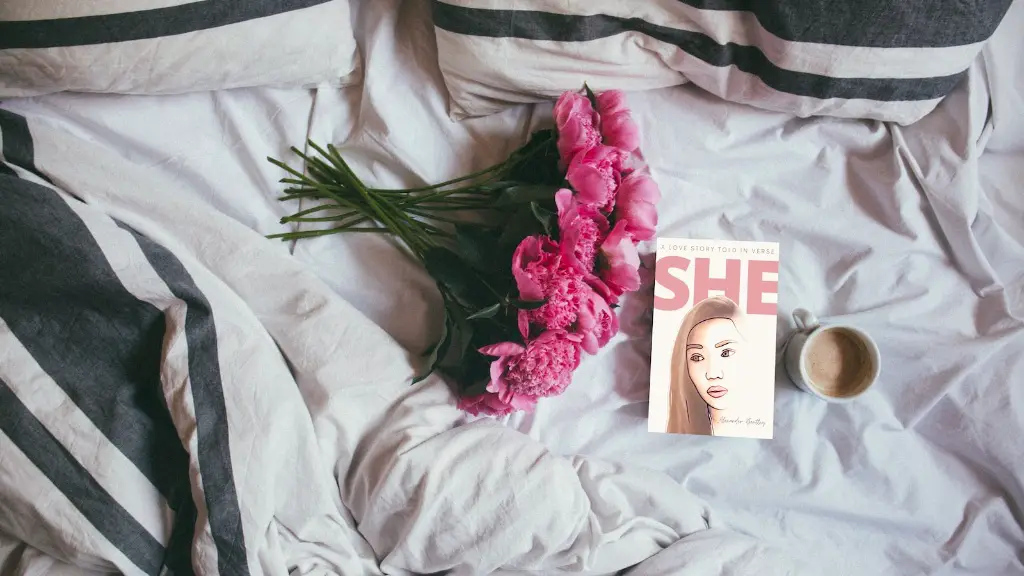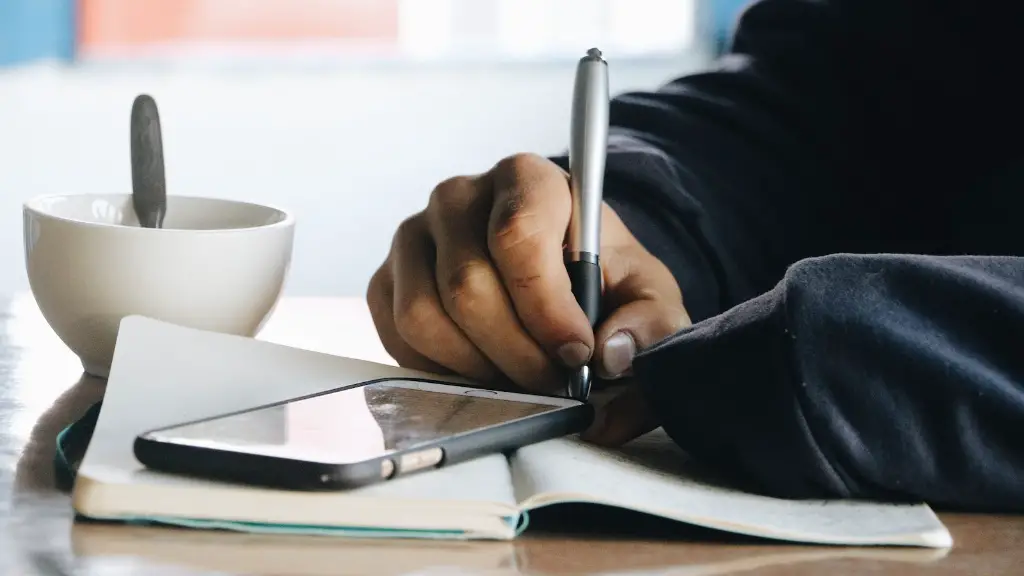What is the difference between a poem and poetry? A poem is an individual work of literature while poetry is an overarching term which defines a particular genre of literature.
A poem is defined by its structure. Multiples of poem types have been identified, some of which include haikus, sonnets, sestinas and odes. A poem’s structure is typically determined by the poetic form it follows. Classic poetic forms like sonnets and villanelles usually follow a set of fixed rules for their use, such as meter, rhyme and certain types of stanzas. These forms adhere to strict guidelines and are often used to convey a certain idea or emotion.
In contrast, poetry as a genre of literature has no set structure or form. Poetry as a literary form is based on individual expression and creators have much more freedom to express their ideas without abiding to a set of specific rules and conventions. Poetry generally uses language to create an emotional response in the reader and the writer is free to use any structure and form if it helps them to achieve their desired effect. As such, poetry is more closely associated with creative writing and can range from short lyrics to lengthy epic poems.
Poetry has been around for thousands of years and is closely intertwined with cultural and social movements as it can be used to express difficult political or social ideas. During the Romantic period, for example, many poets used their works to express the idea of freedom, self-expression and empathy. In modern times, poetry is still used for its political and socio-cultural value.
A poem and poetry have a lot of overlap. However, poetry defines a genre of literature while a poem is just one example of that genre. Both can be used to express an idea, but while a poem is a structured work that follows a particular set of rules, poetry as a genre takes on a less structured form and allows writers to express themselves without being tied to a particular structure. Both can be used to express political, cultural and social ideas.
History of Poetry
Poetry dates back to ancient times, with authors such as Homer writing in epic form. Poetry then evolved into new styles and forms throughout the medieval and renaissance age, with the most notable form being the sonnet which originated in Italy in the 13th century. Over time, poets experimented with different forms, lyrical poems, classical poems and free verse which were used to explore new ways to express themselves and communicate with their audience.
During the Romantic period, poets such as William Wordsworth, Samuel Taylor Coleridge, Lord Byron and Percy Shelley explored the subject of love, nature and human emotion in their works. Later in the 19th century, Walt Whitman and Emily Dickinson wrote a different kind of poetry using unconventional styles and techniques which opened up new possibilities for poets.
The 20th century saw the emergence of modern poetry with authors such as e. e. cummings, TS Eliot and Ezra Pound introducing a new form of poetry. Throughout the century, poets continued to be influenced by philosophy, ideology, politics and society as a way to engage with these topics. In recent years, poetry has evolved to encompass issues such as climate change, feminism and social justice as a means of discussing these topics in a creative and engaging way.
Purpose of Poetry
The purpose of poetry has evolved over time, from being used to tell stories, express emotions and convey ideas. Traditional poetry was often used to articulate those ideas and emotions in a way that was both lyrical and intelligible. In modern times, the purpose of poetry has evolved to encompass a wider range of topics such as politics, social justice and environmentalism.
Today, poetry is used by authors to explore and express a wide range of topics and ideas. The form of the poetry gives the author freedom to be creative and convey their ideas in a unique way that can captivate and engage audiences. Furthermore, while poetry can often be autobiographical and individual, it can also be used to reflect broader socio-cultural issues and movements in society.
Role of Poetic Devices
Poetic devices are used to create a rich and powerful language in poetry. Common devices used include metaphors, similes, hyperboles and personification, as well as others. These devices help to create imagery and evoke emotion in the reader, making the poem more engaging and effective. Through the use of poetic devices, the poet can create a powerful language which allows them to express their ideas in an imaginative and creative way.
For instance, a poet might use a metaphor to compare an idea to something else in order to evoke an emotion or to make their point in a more vivid and direct way. Or, they might use personification to give human qualities and emotions to a non-human subject in order to reflect their experience. Poetic devices are an essential tool for authors to engage their audience and convey their ideas in a meaningful way.
Performance Poetry
Performance poetry is a type of poetry which is written and performed with the intention of entertaining a live audience. Performance poets often use unique combinations of words, stories and jokes to create a captivating performance. Furthermore, they are able to engage with their audience through improvisation and interaction, enhancing their performance.
Performance poetry differs from other forms of poetry in that it is written and performed for an audience who can respond and interact with the poet. Performance poets often use humour and their own personal experiences as part of their act in order to connect with their audience. Performance poetry is a popular art form which allows poets to express themselves in an accessible and engaging way.
Appreciating Poetry
Appreciating poetry often involves taking the time to explore the poem’s structure and imagery. Poets use a variety of devices to create powerful language and imagery, and the reader must pay attention to the poet’s choice of words and punctuation in order to understand their meaning. Furthermore, looking at the poem’s title and structure can also help to interpret the poem.
It is also important to understand the context in which the poem was written, such as the poet’s background, life experiences and any historical or social movements which were happening at the time. This can help to provide contextual understanding and to appreciate the poem as a reflection of the poet’s feelings and beliefs.
Analysing poetry can also involve looking at the poem’s form and structure. This requires looking at how the poet has used language and imagery to communicate their ideas, and how the poem’s structure reflects this. By taking the time to understand the poet’s work, the reader can gain a deeper appreciation of the poem and its meaning.
Poetry in the Modern World
The use of poetry in the modern world has evolved significantly throughout history and continues to be used as a tool for expression and communication. In recent times, poets have used their works to express difficult political and social issues, such as racism, discrimination and injustice. This has allowed their voices to be heard and amplified, creating a sense of collective consciousness and conversation around these topics.
Poetry has also been embraced in popular culture through the use of spoken word performances and rap music. Through these mediums, poets have used their rhymes and rhythms to create captivating performances which explore a variety of topics. Furthermore, poetry has been embraced as an art form, with many authors exploring different styles and forms of poetry to create unique works that resonate with audiences.
In conclusion, poetry and a poem are both forms of literature that help us express our ideas and emotions. While a poem is a structured work that follows a set of rules, poetry as a genre takes on a less structured form and allows writers to express their ideas without the constraints of a specific form. Additionally, understanding and appreciating poetry involves taking the time to explore the poem’s structure and imagery, as well as looking at its context and the poet’s feelings and beliefs.
